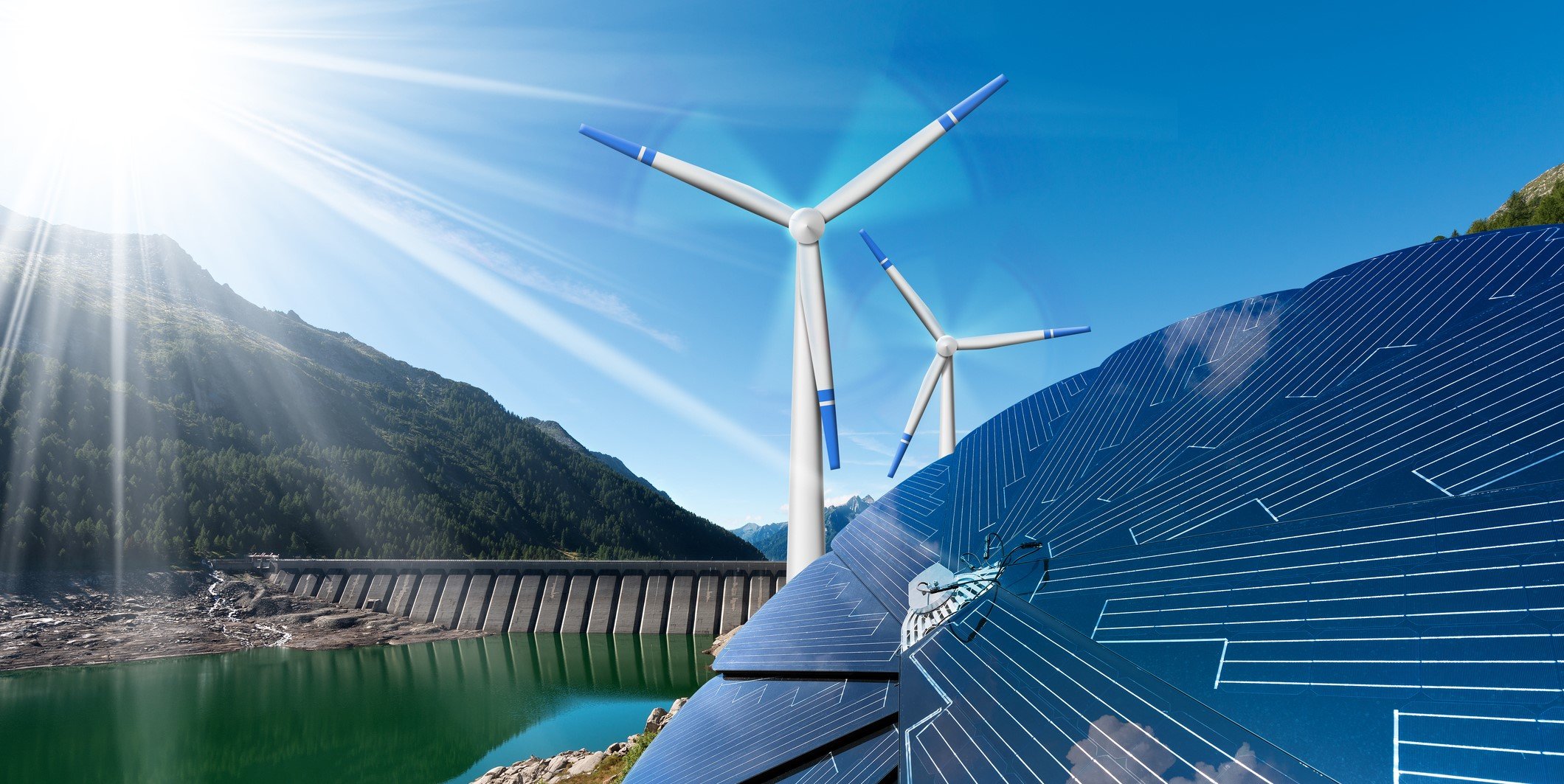

Aug
A recurring theme here on ChinaFund.com is represented by the idea that being stuck in the past is in no way conducive to wise investment decisions. In other words, the economy of China mustn’t be viewed in a linear manner, a manner which revolves around the assumption that the nature and pace of China’s economic growth will remain intact.
Hint: it won’t.
As time passes and the economy matures, metrics such as the YOY GDP growth rate reflect that. For example, today’s mid-single digit growth rate is considerably below the 10%+ YOY growth rates of the pre-2010 period and that’s not necessarily a bad state of affairs if we view things from the perspective of sustainability.
In a previous article, we’ve explained that this shift toward a more mature and at the same time sustainable economic growth model is illustrated by the lower and lower growth rate when it comes to “traditional” natural resources such as iron ore or copper on the one hand but on the other hand, by impressive growth rates when it comes to “new” minerals such as lithium and rare earths (minerals which represent the foundation of the various hi-tech products we’ve come to take for granted).
The same principle is valid when looking at China’s energy dimension as a whole. Needless to say, China has become (in)famous for its energy use, especially highly-polluting energy sources such as coal. While it is true that roughly 60% of China’s current energy needs are still met via coal-related solutions, growth rates when it comes to such sources are either slowing down or even moving into negative territory. According to estimates such as the BP Energy Outlook ones, coal for example will go from today’s ~60% to only approximately 35% as a percentage of the Chinese energy pie by the year 2040. On a similar note but smaller scale, China’s reliance on oil is also expected to go down, with oil covering 19% of China’s needs at this point in time, a percentage which is expected to decrease slightly to just 18% by 2040.
The implications are two-fold:
- On the one hand, China will be able to work toward solving its pollution problems by producing less and less highly polluting energy. When it comes to oil, its domestic production will most likely remain the same in 2040, but at least this means growth will stop. As far as coal is concerned, the domestic production will actually decrease in a meaningful manner, with 2040’s levels of production expected to represent roughly 80% of the current ones
- On the other hand, China will import less energy types such as oil or coal and as such, global demand is likely to be affected. While China will probably importing more oil in nominal terms in 2040 compared to the present, 2040’s nominal value will most likely only be approximately 10% higher than the current one, therefore the growth rate can be considered extremely modest. Moving on to coal, just like with the internal dimension, coal imports are actually likely to go down, with 2040’s levels being expected to only represent slightly over 74% of the current ones
As can be seen, the effects of China’s energy-related shifts are not just internal, in light of the fact that China currently accounts for 23% of the global energy consumption pie and for the most part, this status quo will probably persist into 2040 (despite a slight decrease to 22%). This needs to be understood in light of the fact that current projections predict an energy consumption rise of 28% and an energy production rise of 29% for China by 2040, slightly lower than the predicted global rise in production and consumption of 32% for both dimensions.
Again, while we are not looking at a drop in nominal terms, we will however most likely be witnessing a very slow growth rate just north of 1% with respect to energy consumption as well as production. The only noteworthy decline in this equation is China’s demand for coal, which is likely to decrease by 25% until 2040, yet China will is still expected to account for 39% of the worldwide coal demand at that point in time.
When it comes to other energy sources, there will probably be growth but with wildly differing growth rates, from very modest ones for oil (19%) or hydro (31%) to robust growth for natural gas (166%) and impressive rates for nuclear energy (405%) and renewable energy (553%). It is worth noting that even at this point, leaving 2040 projections aside, China is the worldwide leader when it comes to anything from wind and solar energy to the electric vehicle market, even if this status quo is (to a significant degree) a function of its very large population in the present.
All in all, the trend is crystal-clear: while we are not quite yet at a point where we can say that carbon emissions have peaked (this is expected to happen in 2022), current projections clearly point to a reduction or quasi-stagnation for highly polluting energy sources, accompanied by robust growth when it comes to less polluting ones such as a 7.3% projected YOY growth rate for nuclear energy and an 8.5% one for renewable energy. Needless to say, ChinaFund.com is here to help you not just be aware of such generation-defining mega-trends but also… of course, profit from them.
